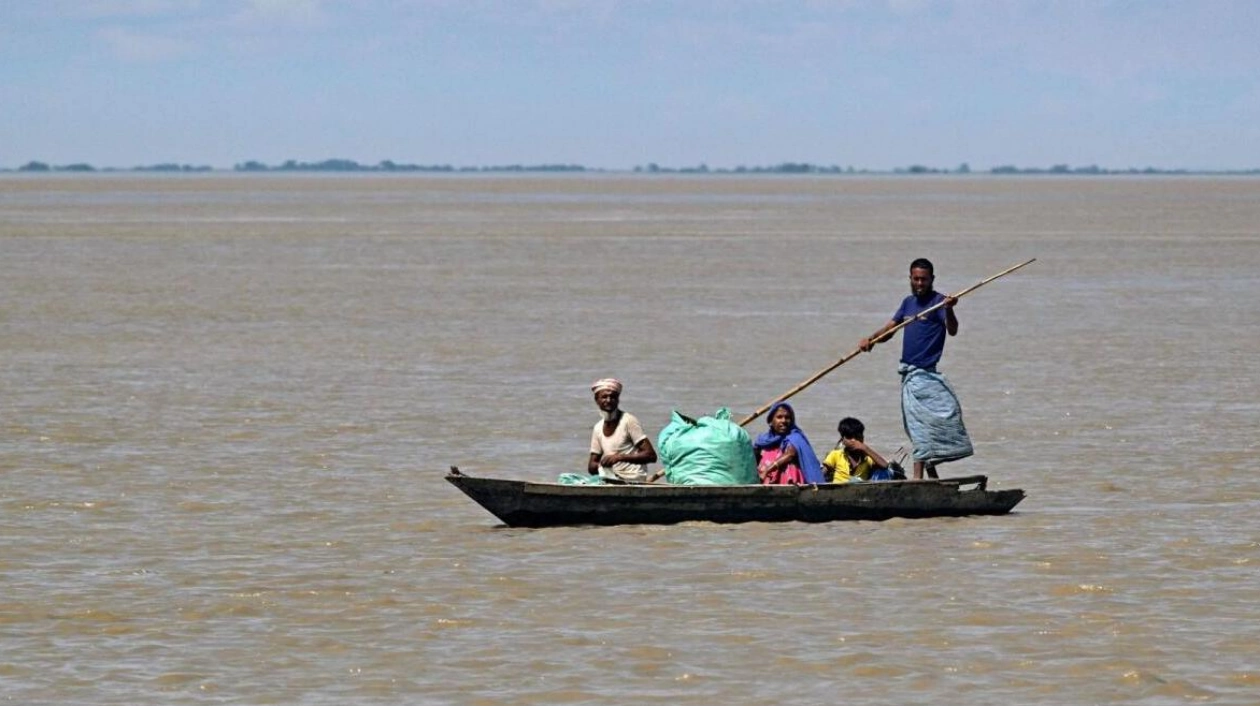The number of fatalities from the recent floods in Bangladesh has increased to eight, affecting over two million people, as heavy rains led major rivers to overflow their banks, officials confirmed on Saturday.
Bangladesh, a South Asian country of 170 million people with numerous rivers, has experienced more frequent flooding in recent decades due to climate change, which has made rainfall unpredictable and caused melting glaciers in the Himalayas.
Two teenage boys perished when a boat overturned in floodwaters in Shahjadur, according to the town's police chief, Sabuj Rana. He explained that out of the nine people on the small boat, seven managed to swim to safety, but the two boys who couldn't swim drowned.
In Kurigram, three additional people were electrocuted in separate incidents when their boats came into contact with live electrical wires in floodwaters, said Bishwadeb Roy, the local police chief.
Earlier this week, officials reported three more deaths in various flood-related incidents across the country. The government has established hundreds of shelters for displaced individuals and provided food and relief to severely affected districts in the northern region.
Kamrul Hasan, secretary of the disaster management ministry, stated that more than two million people have been impacted by the floods, affecting 17 of the country's 64 districts. He warned that the flood situation could deteriorate in the north as the Brahmaputra River, a major waterway, is flowing above danger levels in some areas.
In Kurigram district, eight of the nine rural towns are isolated by floodwaters, according to local disaster and relief official Abdul Hye. Local councilor Abdul Gafur noted that the Brahmaputra rose by six to eight feet in just three days, inundating over 80% of homes in his area. He highlighted the challenges in delivering food, particularly rice and edible oil, and the ongoing drinking water crisis.
Bangladesh is currently in the midst of its annual summer monsoon, which accounts for 70-80% of South Asia's annual rainfall and is associated with regular flooding and landslides. Scientists warn that climate change is intensifying and making the monsoon more erratic.






